In the early 20th century, the world was on the brink of a revolutionary change in how people accessed knowledge. One of the most innovative solutions to this problem was the birth of the bookmobile, a traveling library that became a lifeline for rural communities and underserved urban areas alike. The concept of a mobile library that brought books directly to people’s doorsteps sparked a wave of change in how books and educational resources were distributed. From mule-drawn wagons to motorized vehicles, the bookmobile became a powerful symbol of literacy and access to knowledge. Let’s take a journey back in time to explore the history, impact, and legacy of these fascinating vehicles.
The Early Years: Horse-Drawn Libraries and Mule-Drawn Wagons
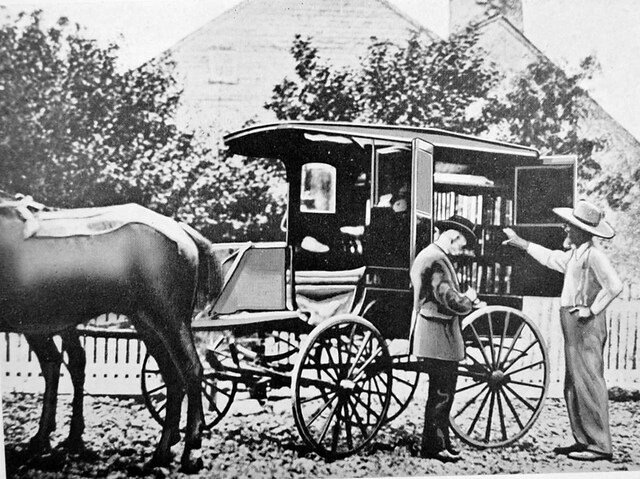
The story of the bookmobile begins in the early 1900s when the concept of bringing books to remote locations took shape. In 1904, the People’s Free Library of Chester County, South Carolina, became one of the first institutions to experiment with a traveling library. Their mule-drawn wagon carried wooden boxes filled with books, reaching rural residents who had little access to traditional library services. This humble start marked the beginning of a movement that would spread across the United States and beyond.
As rural communities struggled with limited access to books and libraries, the bookmobile became a practical solution. These early models were not elaborate or technologically advanced, but they symbolized the commitment to bringing education and reading material to everyone, no matter how isolated their communities might be.
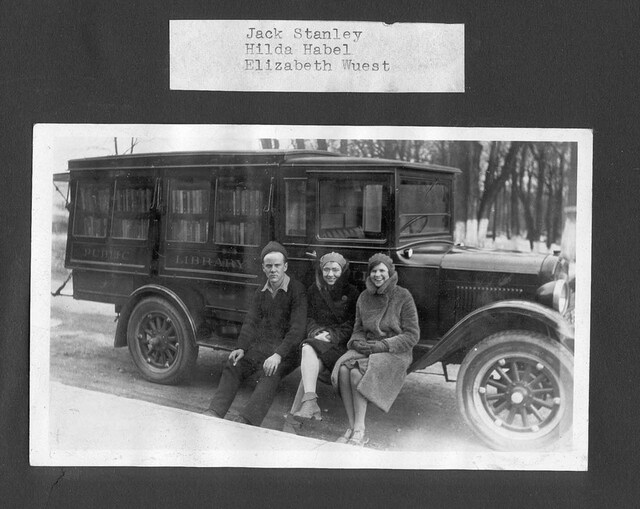
Video
Watch the video “Unique Mobile Libraries Around The World” to see fascinating bookmobiles from various places.
Pioneers of the Bookmobile: Mary Lemist Titcomb and the Washington County Free Library
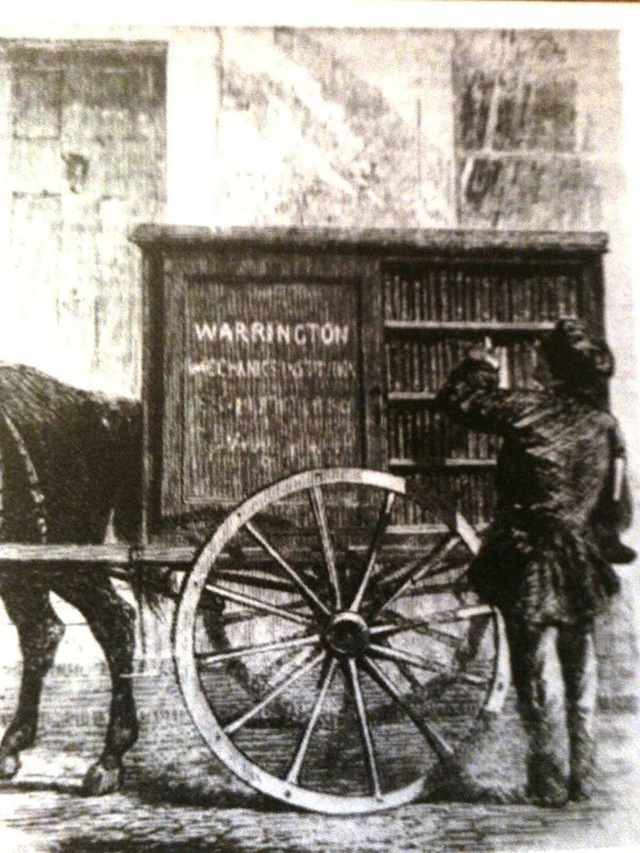
While the People’s Free Library in South Carolina may have been among the first, it was Mary Lemist Titcomb who is widely credited with popularizing the bookmobile as we know it today. As a librarian in Washington County, Maryland, Titcomb was concerned that traditional libraries were not reaching enough people, particularly those in remote, rural areas. In 1902, the library system had already set up 23 small “branches” consisting of collections of 50 books each, distributed in places like stores and post offices. However, even this strategy didn’t fully address the needs of the rural population.
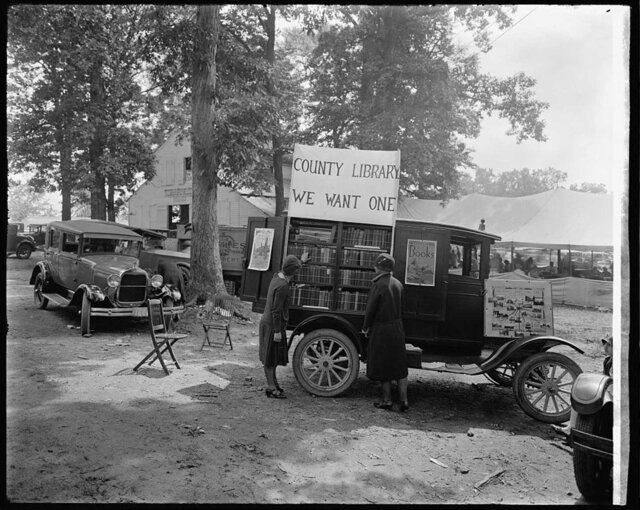
In 1905, Titcomb launched the first “book wagon”, a mobile library that would go directly to people’s homes in the most isolated parts of the county. The Washington County Free Library’s “book wagon” concept was a simple yet revolutionary solution that demonstrated Titcomb’s forward-thinking approach. She believed that by taking books directly to people, she could help bridge the gap in literacy and education that was especially prevalent in rural America.
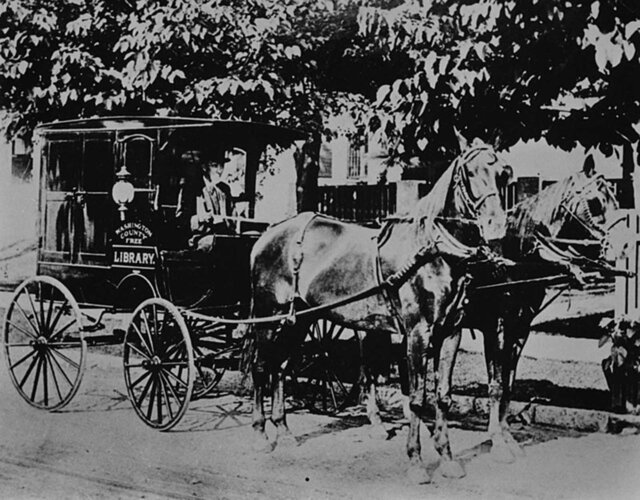
The Rise of Motorized Bookmobiles: Early 20th Century Innovations
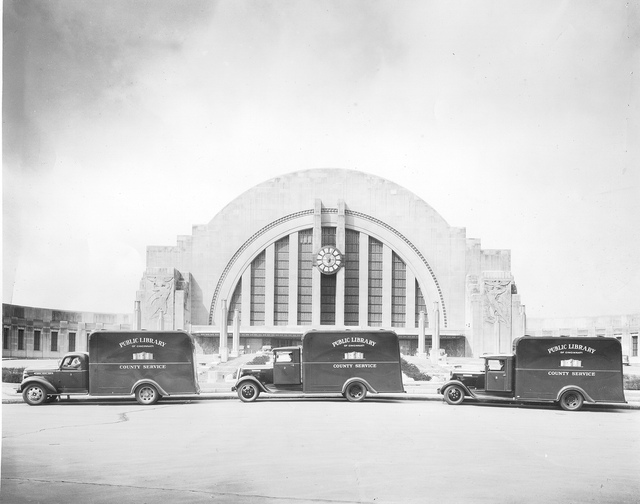
By the 1920s, the United States was rapidly transitioning to a more motorized society, and this shift was reflected in the evolution of the bookmobile. One of the pioneers of this transition was Sarah Byrd Askew, a librarian in New Jersey, who saw an opportunity to reach more people by using an automobile. In 1920, Askew outfitted a Model T Ford to function as a mobile library, making it the first motorized bookmobile in the United States.
The introduction of motorized bookmobiles was a game-changer, as they allowed libraries to cover much greater distances in less time. These vehicles offered a more efficient way to deliver books to rural areas, which had previously been difficult to access using horse-drawn carts or wagons. The motorized bookmobiles not only expanded the reach of libraries but also increased the appeal of these services to communities who were increasingly embracing the automobile.
In Minneapolis, the Hennepin County Public Library operated a horse-drawn book wagon as late as 1922, showing that even as motor vehicles began to dominate, some areas were still relying on the old ways to provide library services to their residents. However, the increasing popularity of automobiles soon made it clear that motorized bookmobiles were the future.

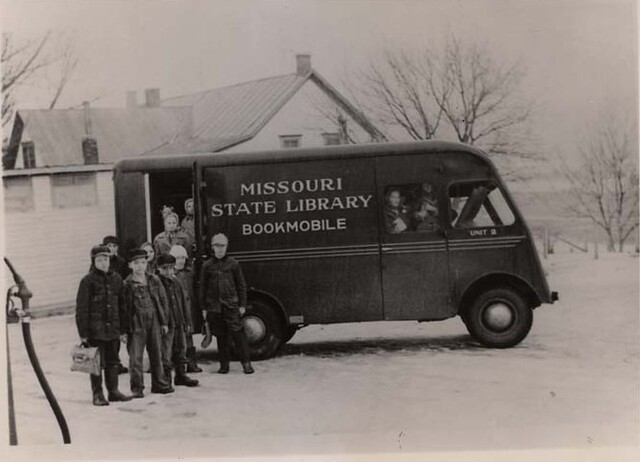
The Golden Age of Bookmobiles: 1920s-1940s
The 1920s through the 1940s marked the golden age of the bookmobile. With the rise of motorized vehicles, the bookmobile became a regular fixture in American communities, especially in rural and suburban areas where public libraries were often out of reach. During this time, bookmobiles grew in size and sophistication. They were not just books on wheels—they became cultural icons, symbols of progress and access to information for everyone, regardless of their location.
One of the most notable efforts during this period was the Pack Horse Library Project that ran from 1935 to 1943 as part of a WPA (Works Progress Administration) initiative. The project aimed to provide library books and other educational materials to the remote hills of Kentucky and the Appalachian Mountains. Due to the mountainous terrain and the lack of infrastructure, books were often delivered by packhorse librarians, who carried books and other supplies on foot and by mule to reach the isolated communities. This effort brought books to countless families who had no other way of accessing them, and it cemented the importance of bookmobiles as vital educational tools.
Global Impact: Bookmobiles Around the World
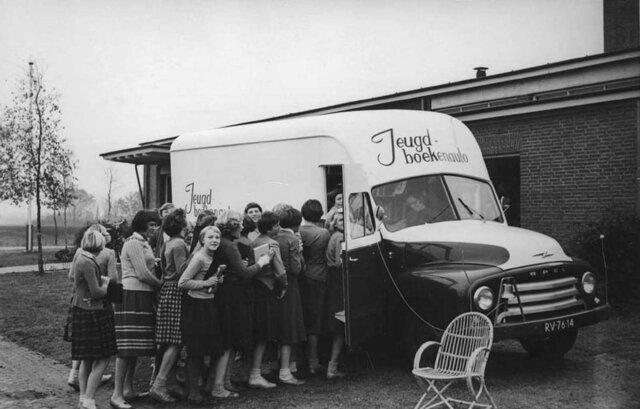
While the bookmobile became an essential part of American culture, its impact reached far beyond the United States. As other countries began to recognize the value of mobile libraries, the concept was adopted globally. In the 1950s, for example, a bookmobile was introduced in Accra, Ghana, as part of an initiative to improve literacy and education in African countries. This move was inspired by similar efforts around the world, where bookmobiles began to serve as a critical link between rural populations and access to literature.

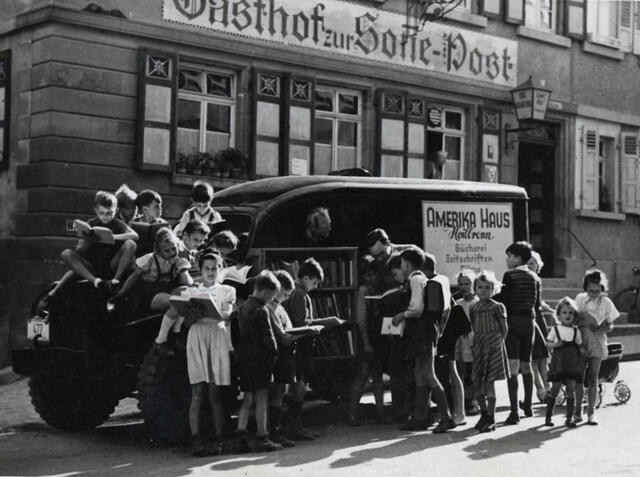
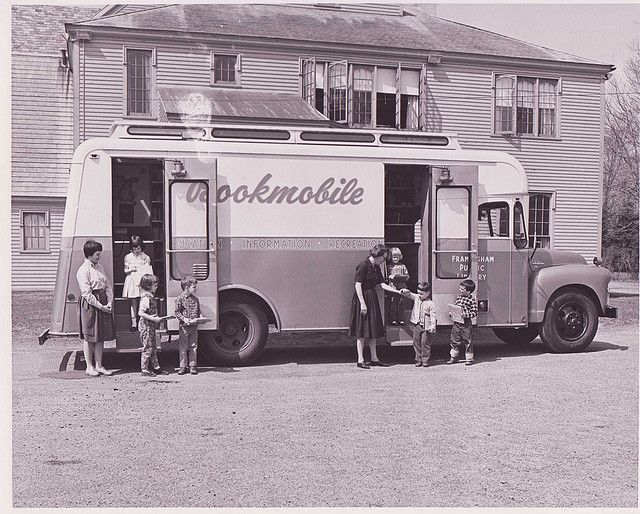
The concept of bookmobiles also spread throughout Europe and other parts of the world, as they became a reliable solution for delivering library services to underserved areas. Today, bookmobiles continue to operate in various forms in different countries, offering books, educational materials, and even digital resources to communities in need.
Explore more photos of The Bookmobiles
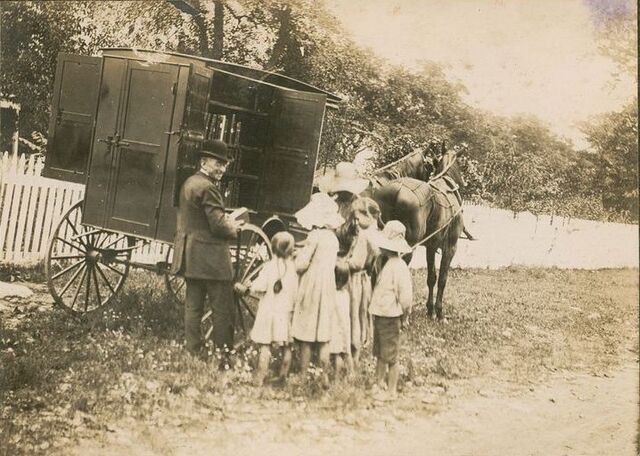

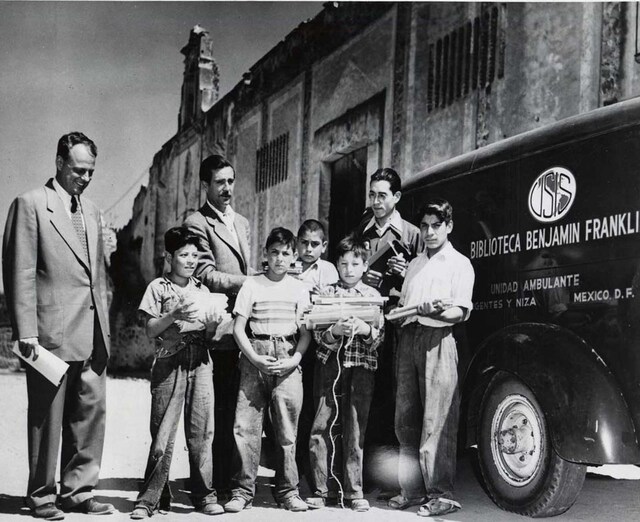

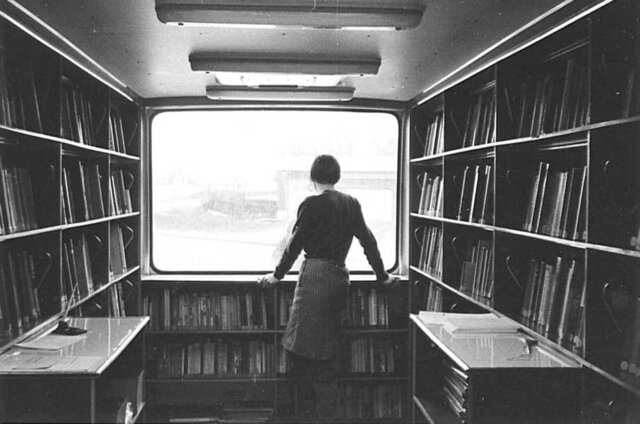
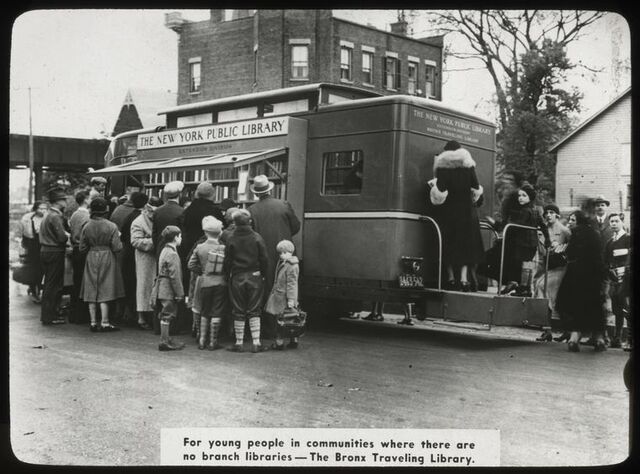
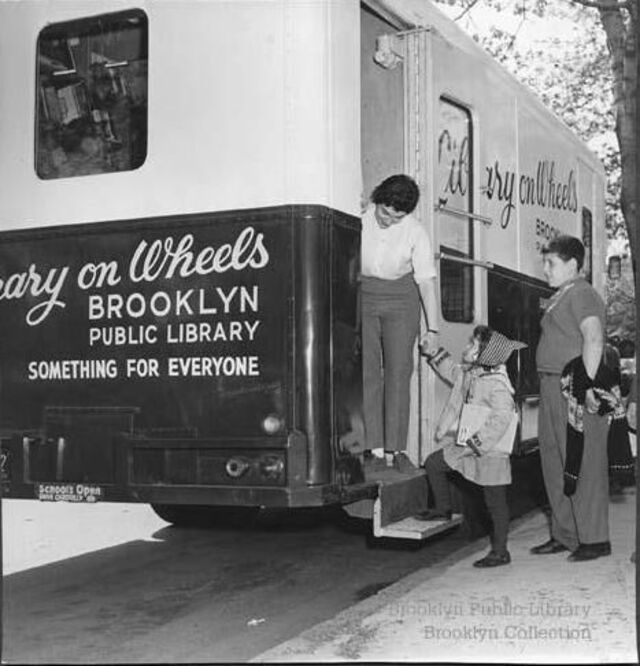
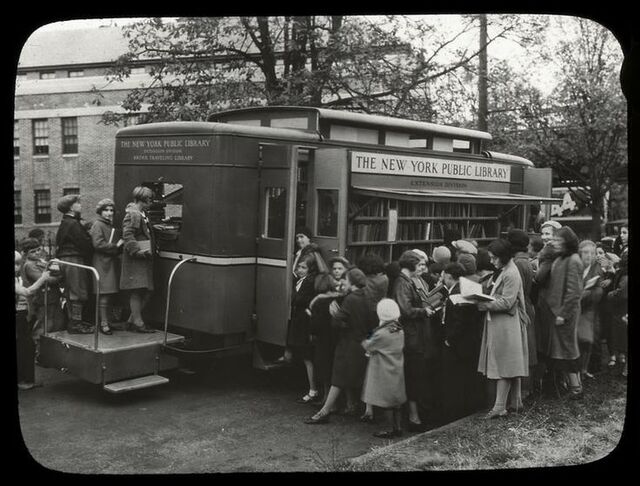
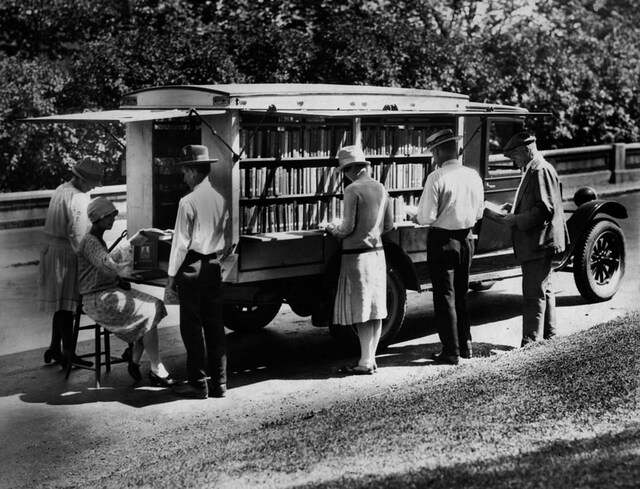
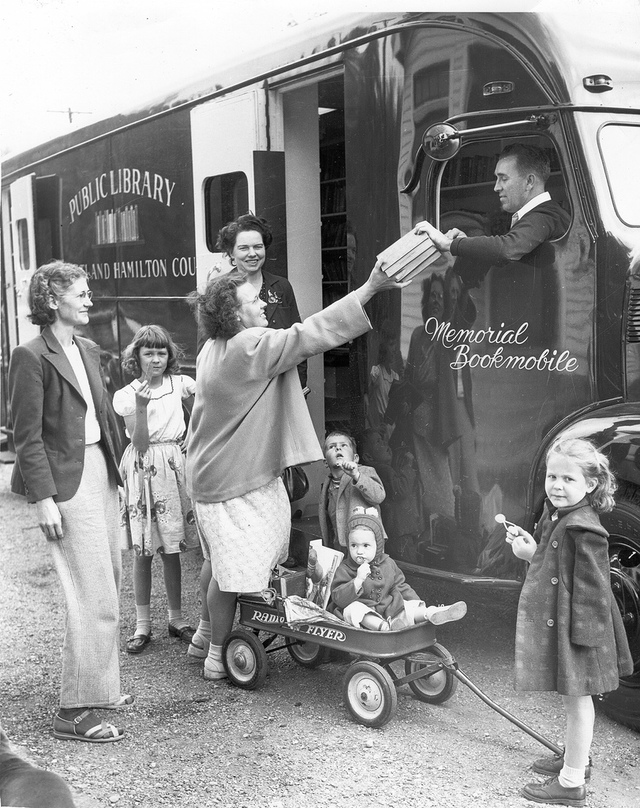
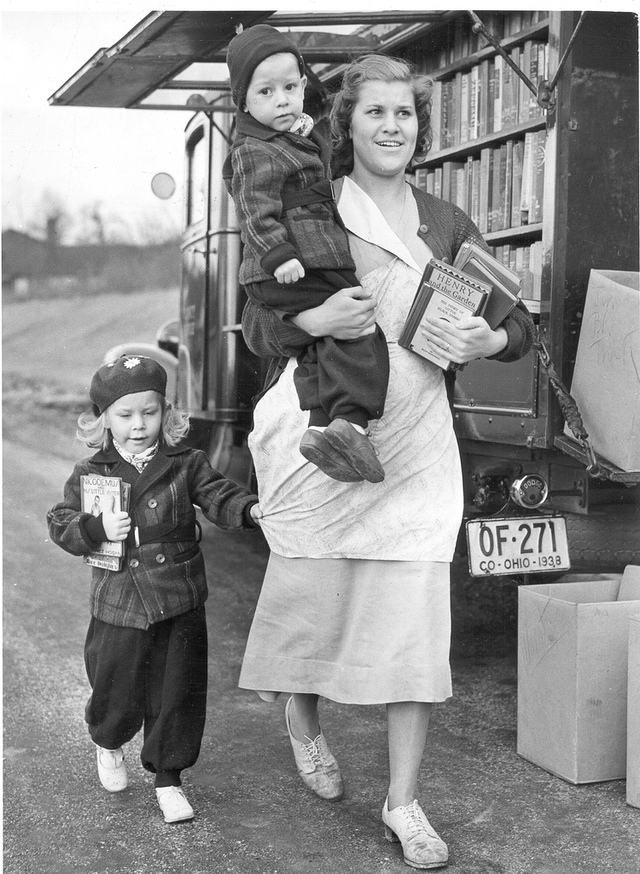
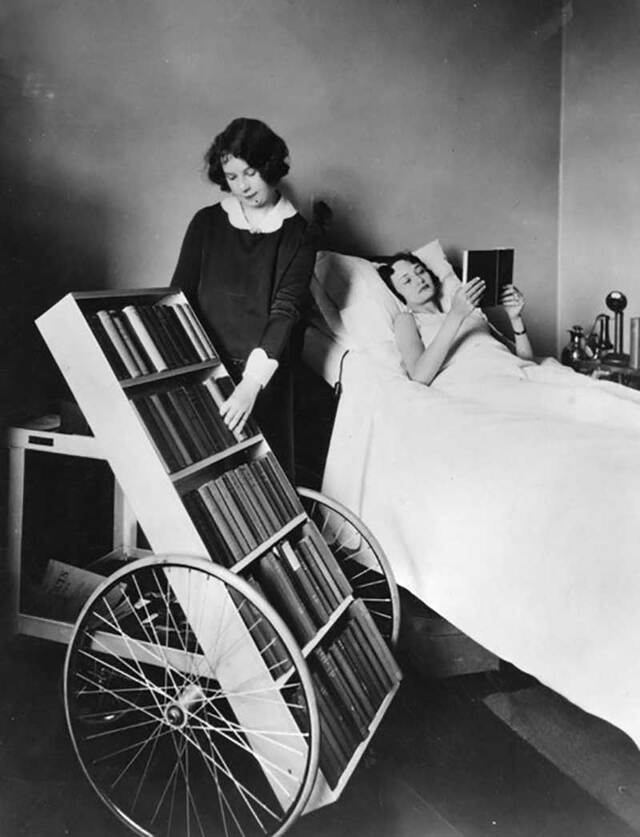
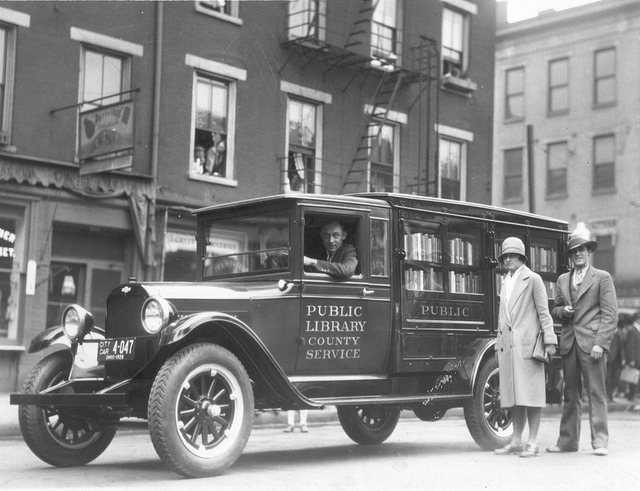
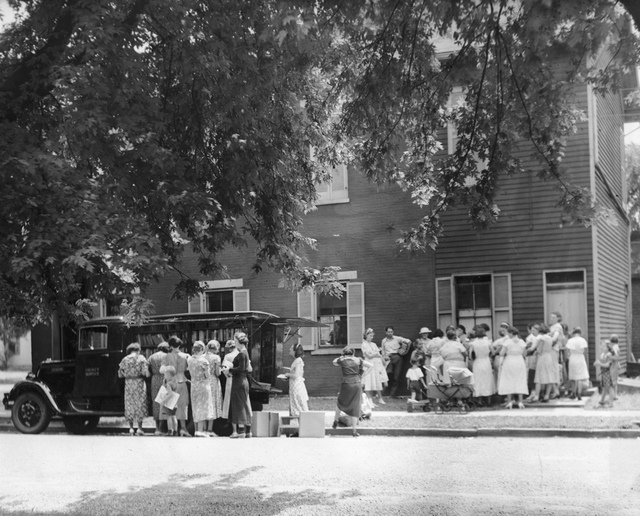
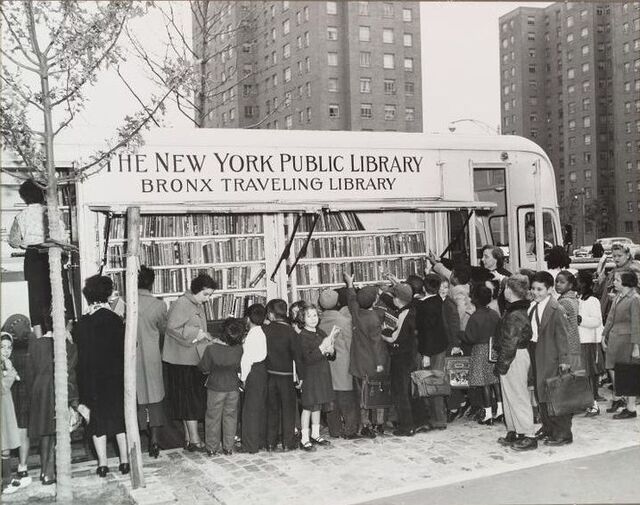
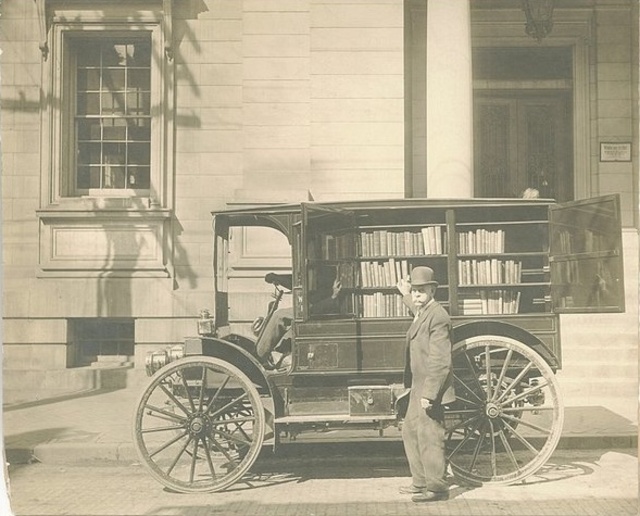
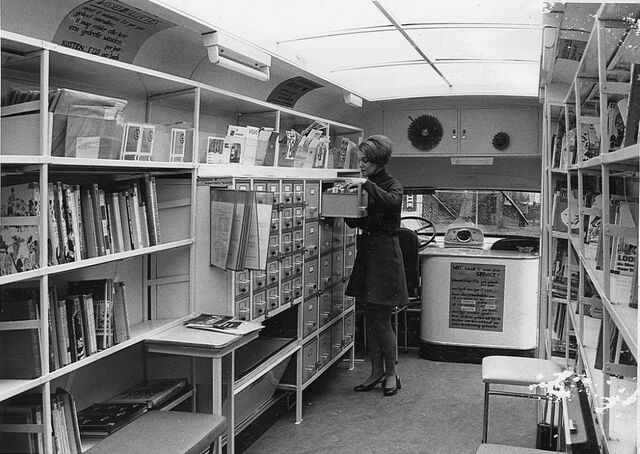
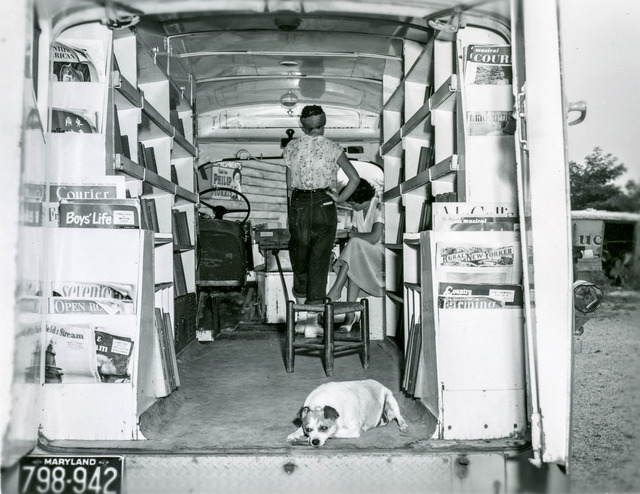
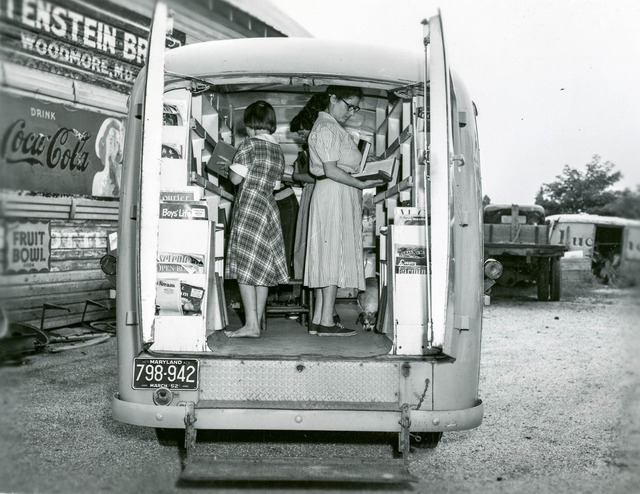
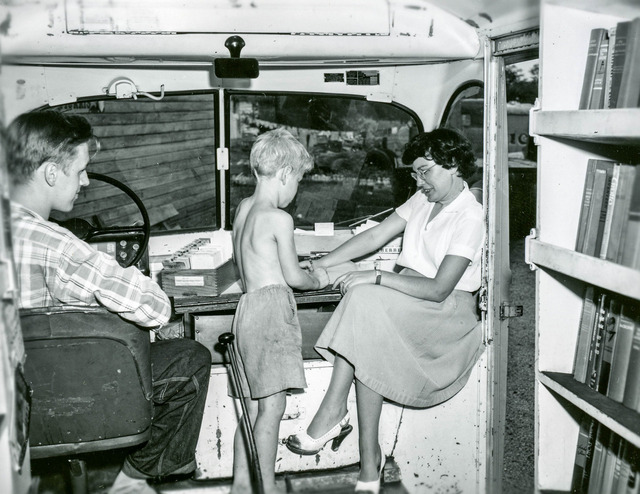
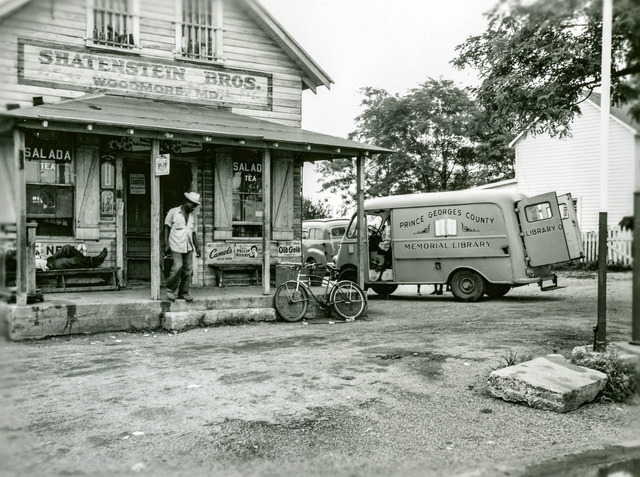
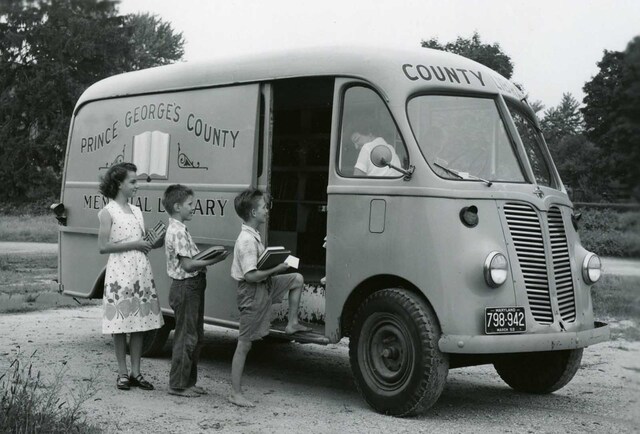
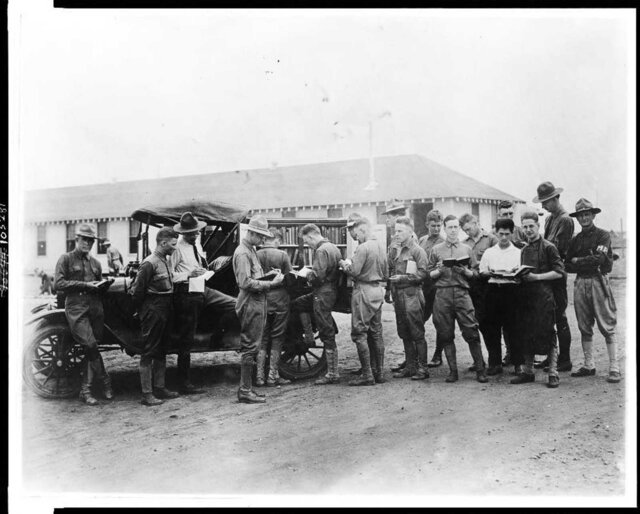
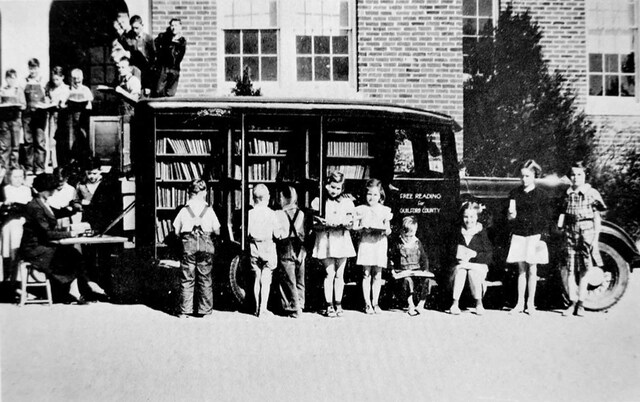
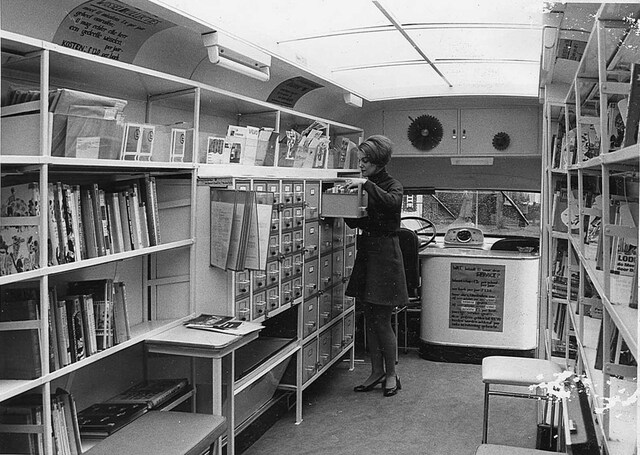
Video
Watch the video “Inside the Bookmobile” for a look at the inside of this mobile library.
Conclusion: The Enduring Charm of Bookmobiles and Their Legacy
The bookmobile remains an enduring symbol of accessibility, education, and community service. From its humble beginnings in horse-drawn carts to the sophisticated motorized vehicles of today, the bookmobile has played a vital role in providing people with access to knowledge, no matter where they live. It is a testament to the power of libraries and the importance of making education available to all.
As we look back on the rich history of bookmobiles, it’s clear that they are not just a thing of the past. They have left an indelible mark on the cultural landscape, shaping how we think about literacy, education, and public services. The vintage photos of bookmobiles from the 1910s to the 1960s serve as a reminder of how far we’ve come—and how far we can still go to make sure knowledge is available to everyone, everywhere.



